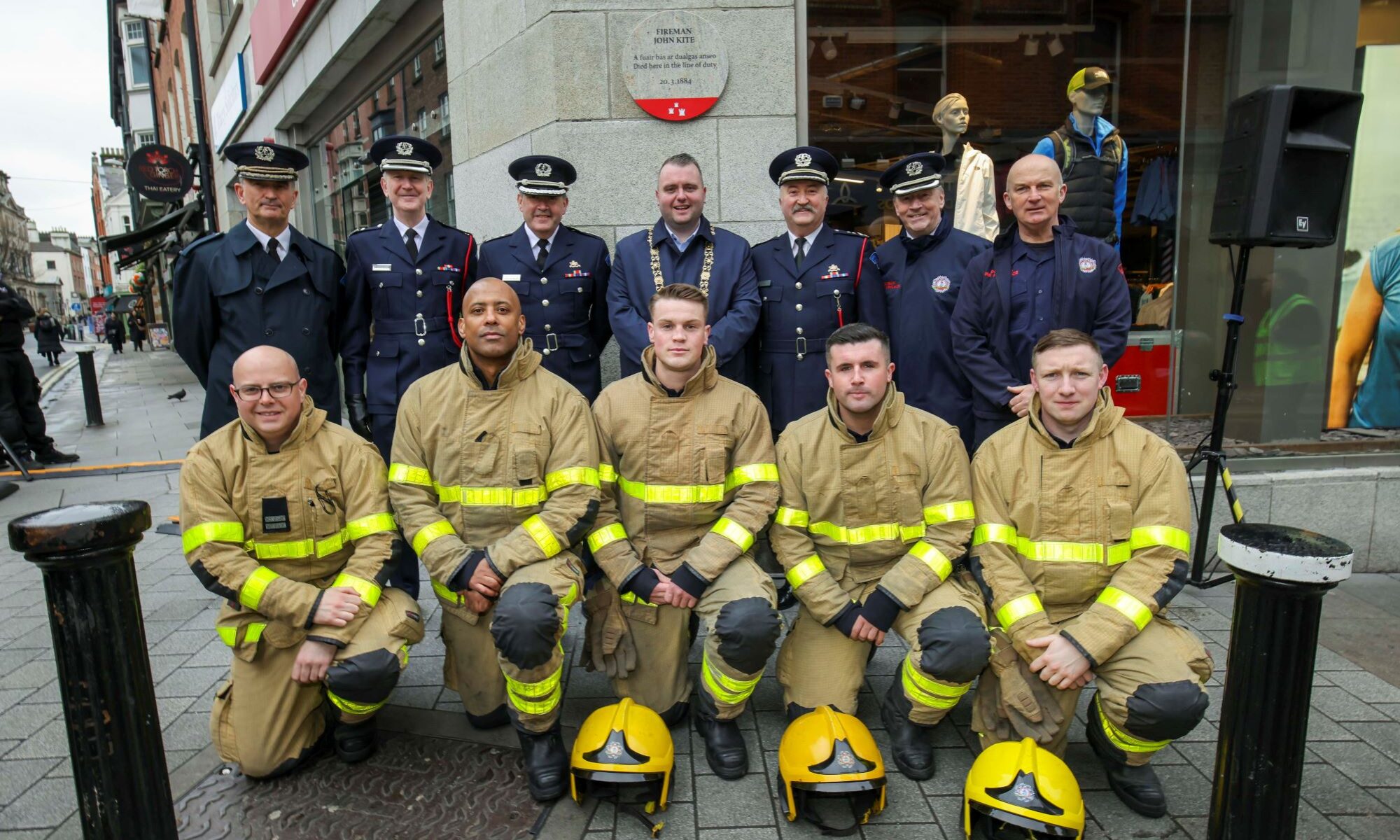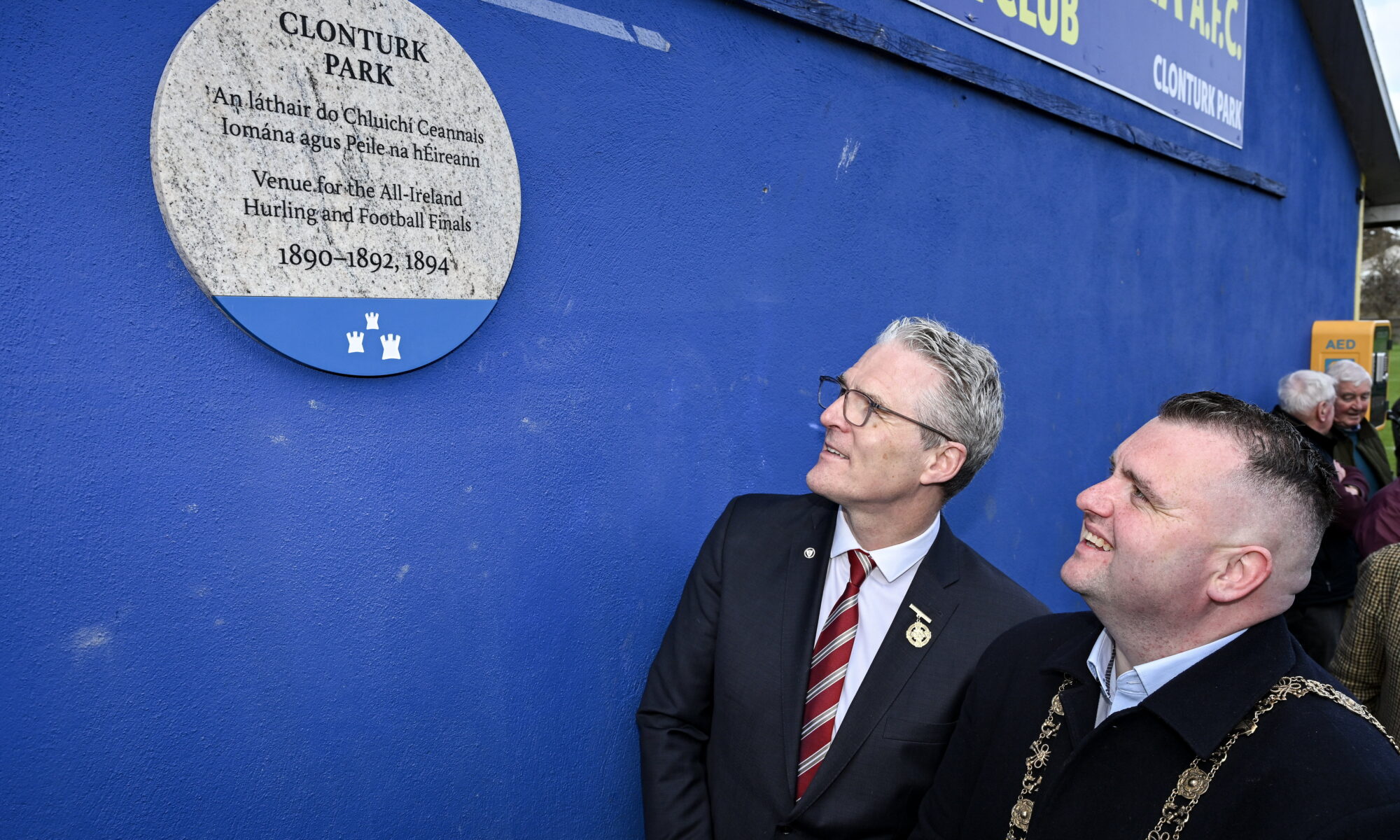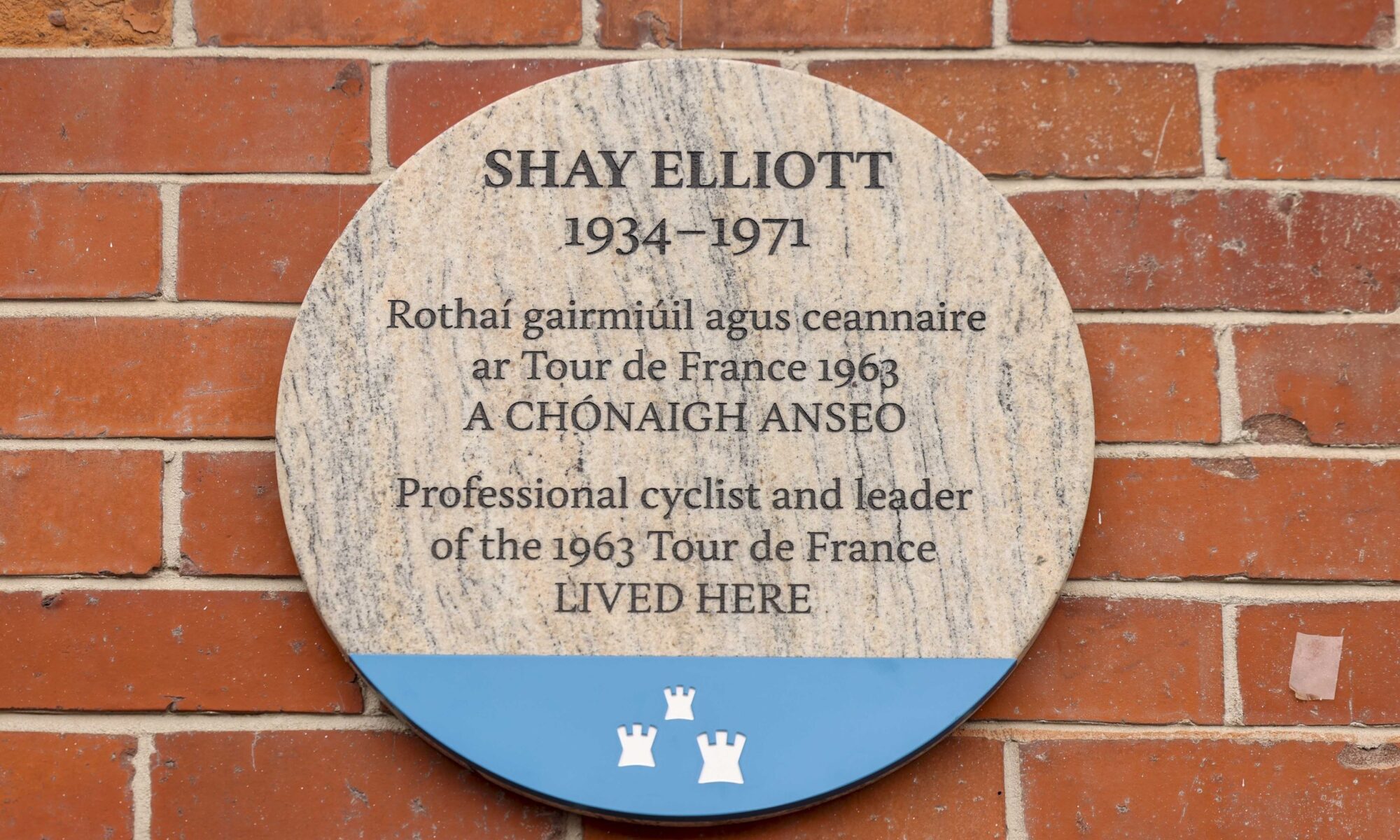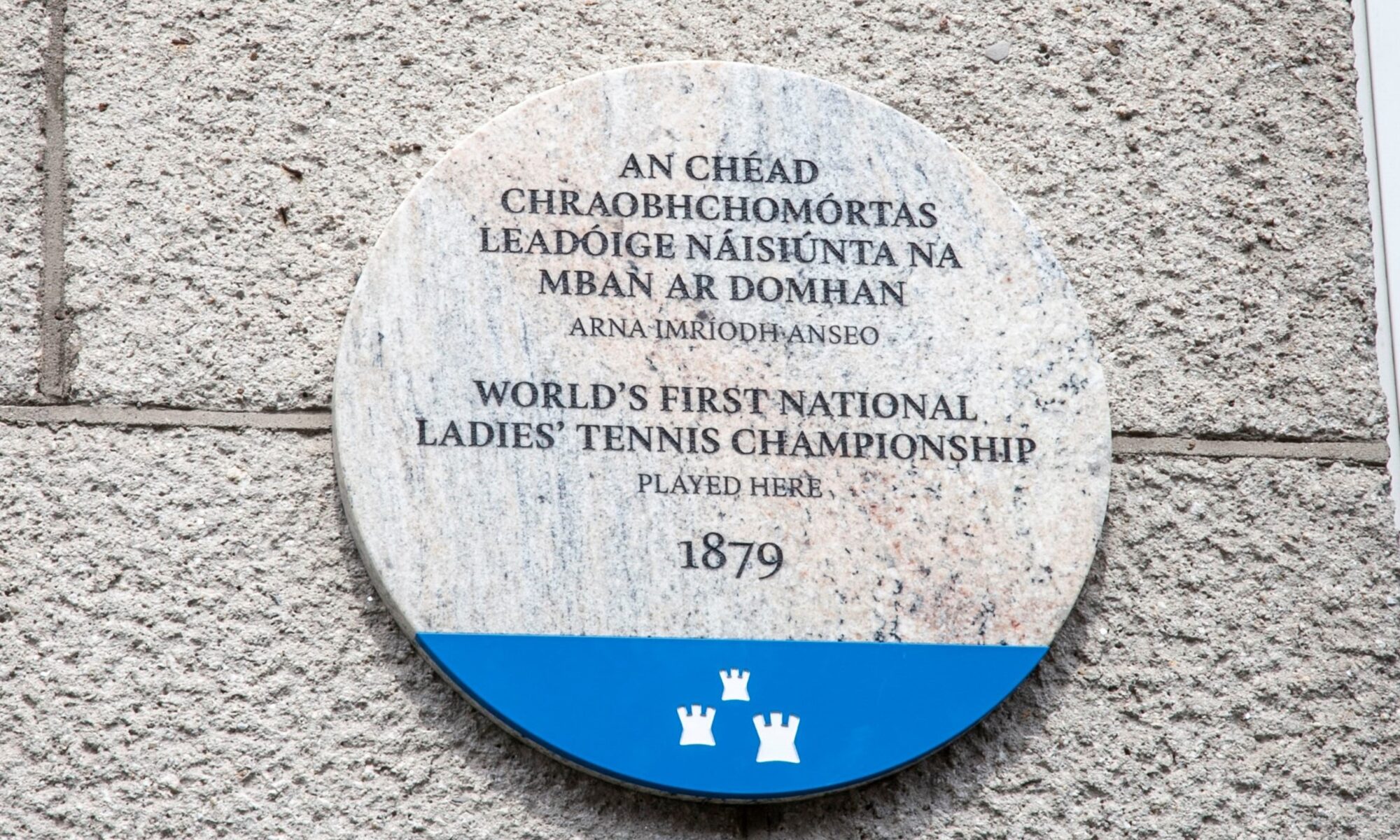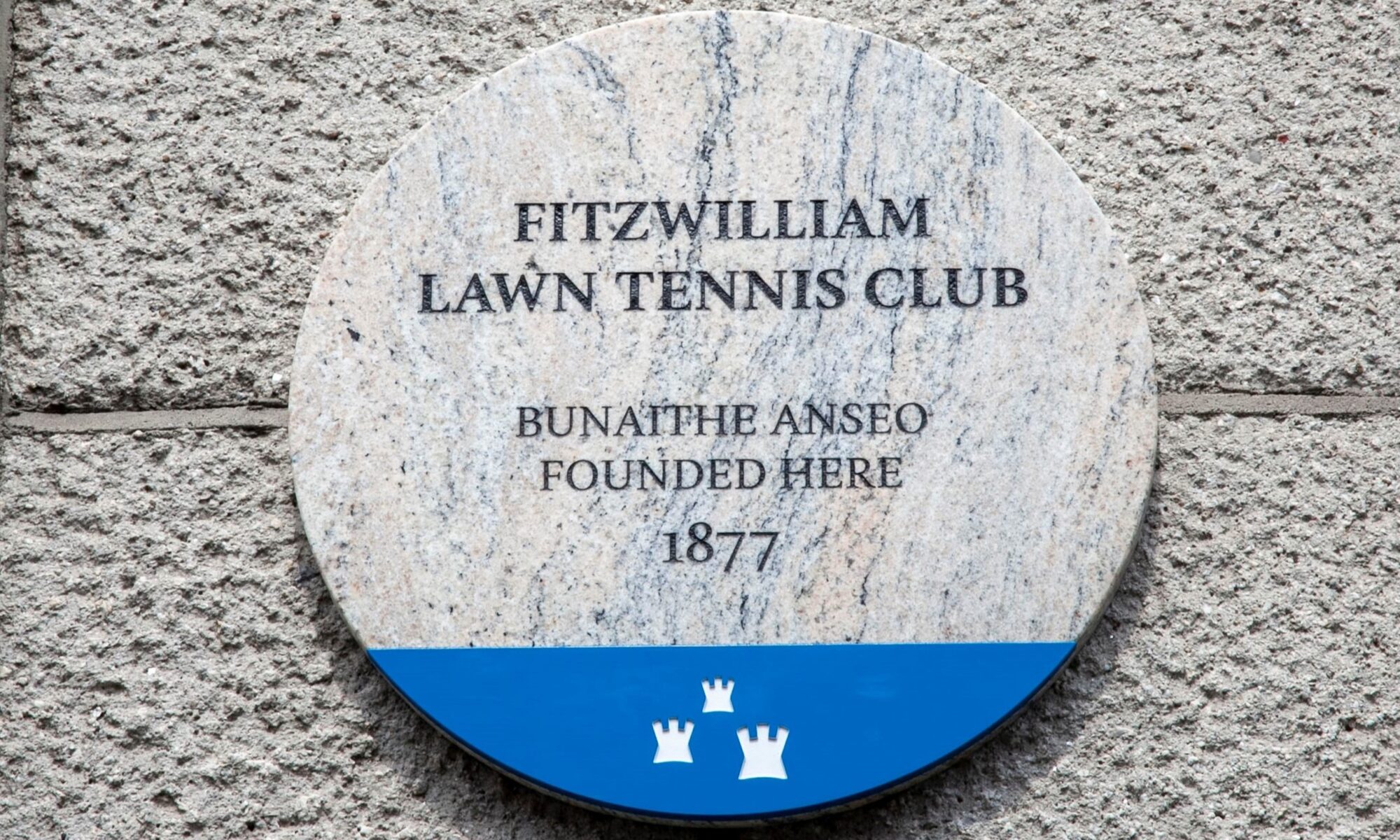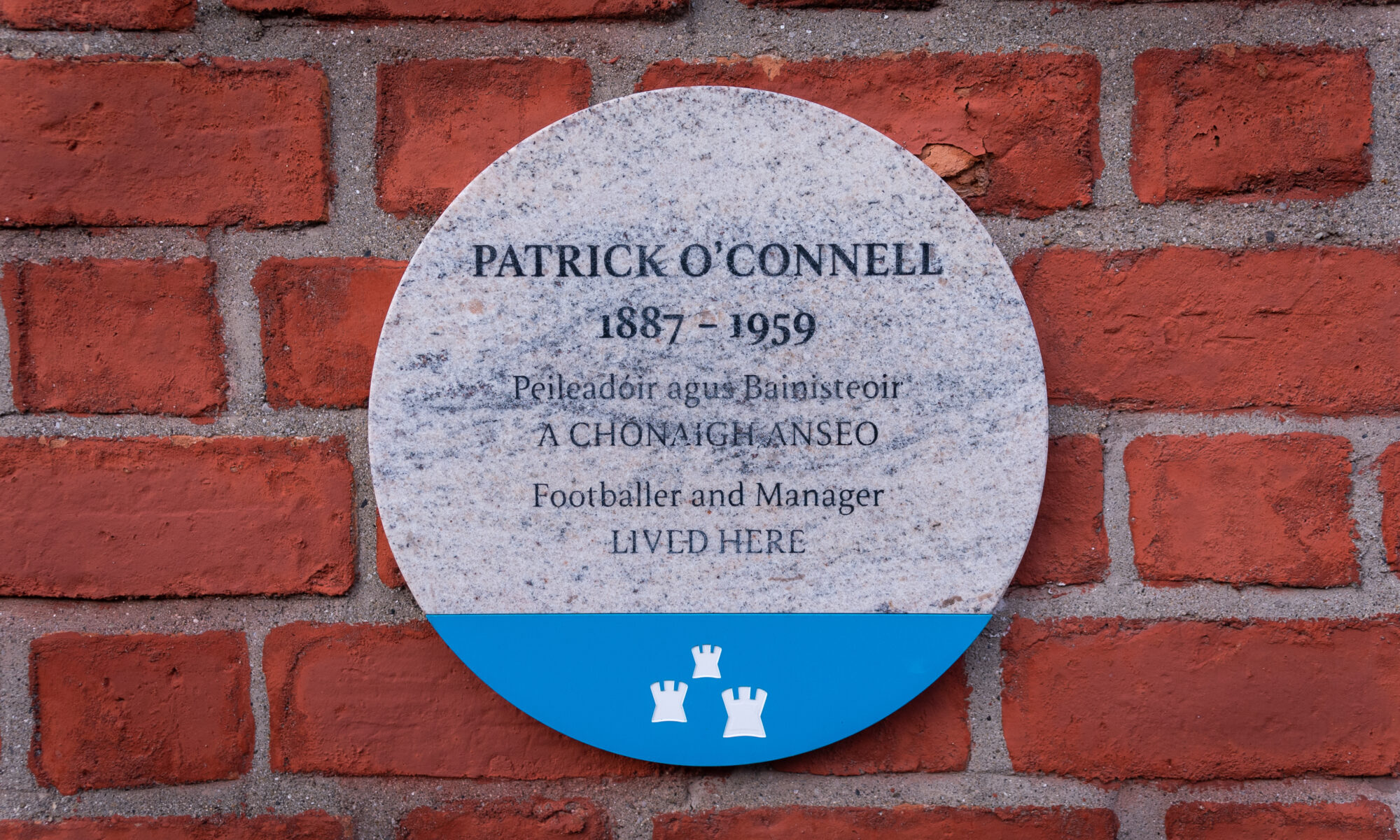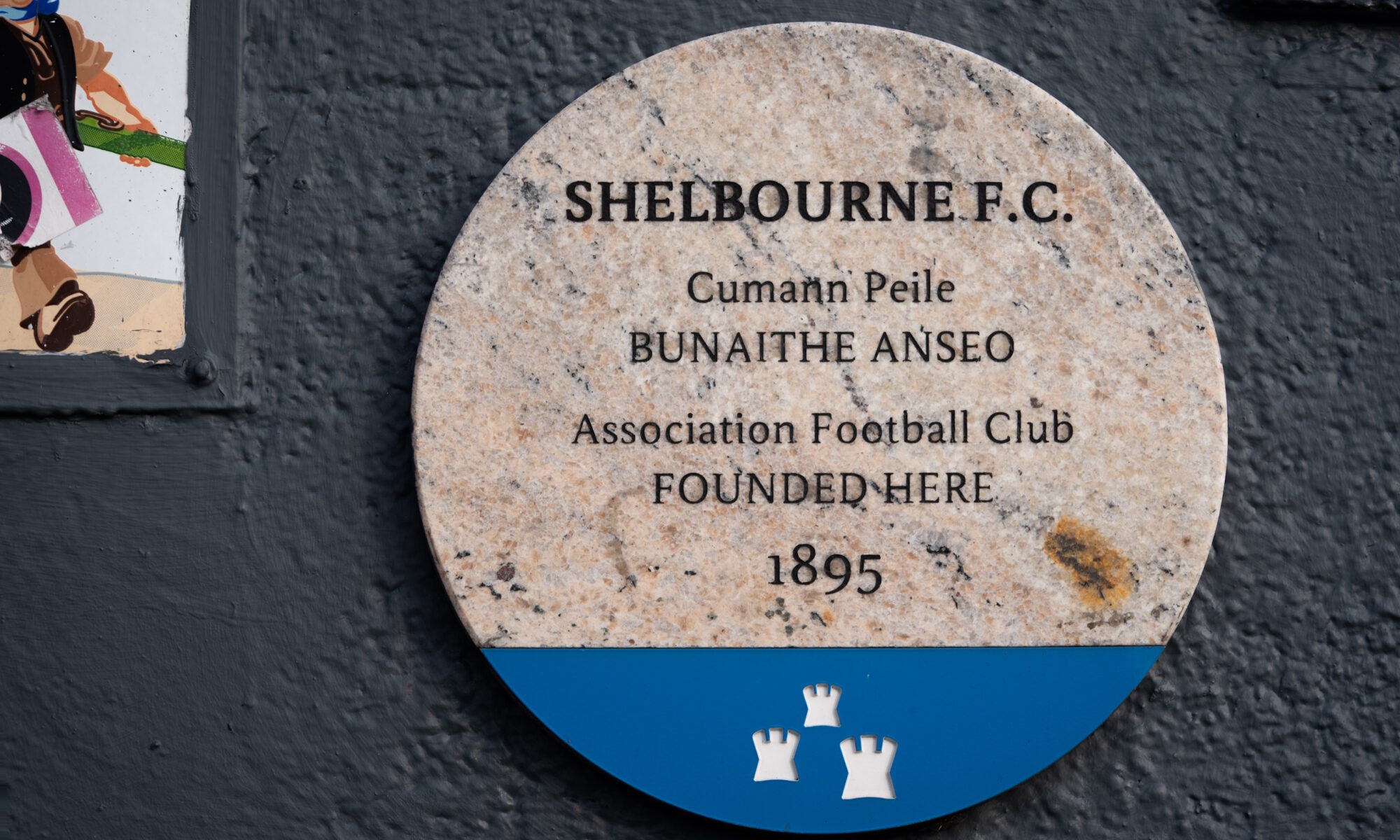This plaque commemorates Shay Elliott, the first Irishman to win a stage in the Tour de France and to wear the Yellow Jersey.
Locate this plaque on Google maps.
Dubliner Shay Elliott made history on 25 June 1963 when he won the third stage of the Tour de France, taking the overall lead and wearing the ‘maillot jaune’ for three days.
The stage-win also made Elliott the first English-speaking rider to win a stage in each of the Grand Tours, adding to his victories in the Giro d’Italia and Vuelta a España.
It would be another 15 years before an Irishman won a stage and a further five years before an Irishman wore the Yellow Jersey in Le Tour, when Sean Kelly took it with a victory in stage 9 in 1983.
Shay Elliott was born at 96 Old County Road, Crumlin, Dublin, in 1934, and having served an apprenticeship as a panel beater, became a professional cyclist in 1956, following success in the amateur ranks. In 1955 he became the first foreigner to be ranked top amateur in France.
In 1958 he narrowly failed to win the Paris–Roubaix and Paris–Brussels classics due to mechanical faults and lost a sprint stage in the Tour de France by being blocked. Professional cycling could be ruthless.
Elliott rode as a super-domestique for nearly ten years with the five-time Tour de France winner, Jacques Anquetil, as his team leader. The team was widely regarded as the Galaciticos of professional cycling such was the quality of its riders.
In 1962 Shay competed in Salò, Italy for the World Road Race Championship. He won the silver medal, losing out to Jean ‘Stab’ Stablinksi, a teammate, best friend and godfather to his son, Pascal. Shay later claimed that Stablinski paid other riders to chase him down when he attacked on the penultimate lap thus denying him victory. The consensus among his peers was that he was cheated out of gold.
Deprived of certain victory in the 1965 Paris–Luxembourg stage race by one more betrayal by Stablinski, a devastated Shay left the team and joined Jacques Anquetil’s greatest rival, Raymond Poulidor at Mercier. Sadly the move proved to be a disaster. Looking to the future Shay invested his life savings in opening a hotel in Brittany. It haemorrhaged money and his marriage failed as a result. Faced with bankruptcy he returned to Ireland leaving his wife and son behind.
In the years that followed Shay rebuilt his life, setting up a garage on South Princes Street, Dublin, where he also lived. He regularly tuned into French radio to listen to the cycling coverage. He even dreamed of one more victory on the bike. With the near miss at Salò never far from his mind, he looked to competing in the World Road Race Championship in Leicester in 1970. Sadly, he never got to the starting line. Less than a year later and within weeks of the death of his beloved father Jim, Shay was found dead in his home. He had suffered a shotgun wound to the chest.
60 years on from taking the Yellow Jersey as race leader of the Tour de France, Shat Elliott should be remembered as a pioneer, a man who set many firsts in his cycling career, and achieved 50 race victories. His legacy is one that inspired future Irish legends to conquer the roads and the mountains of Europe.
The plaque was unveiled on 23 June 2023.
